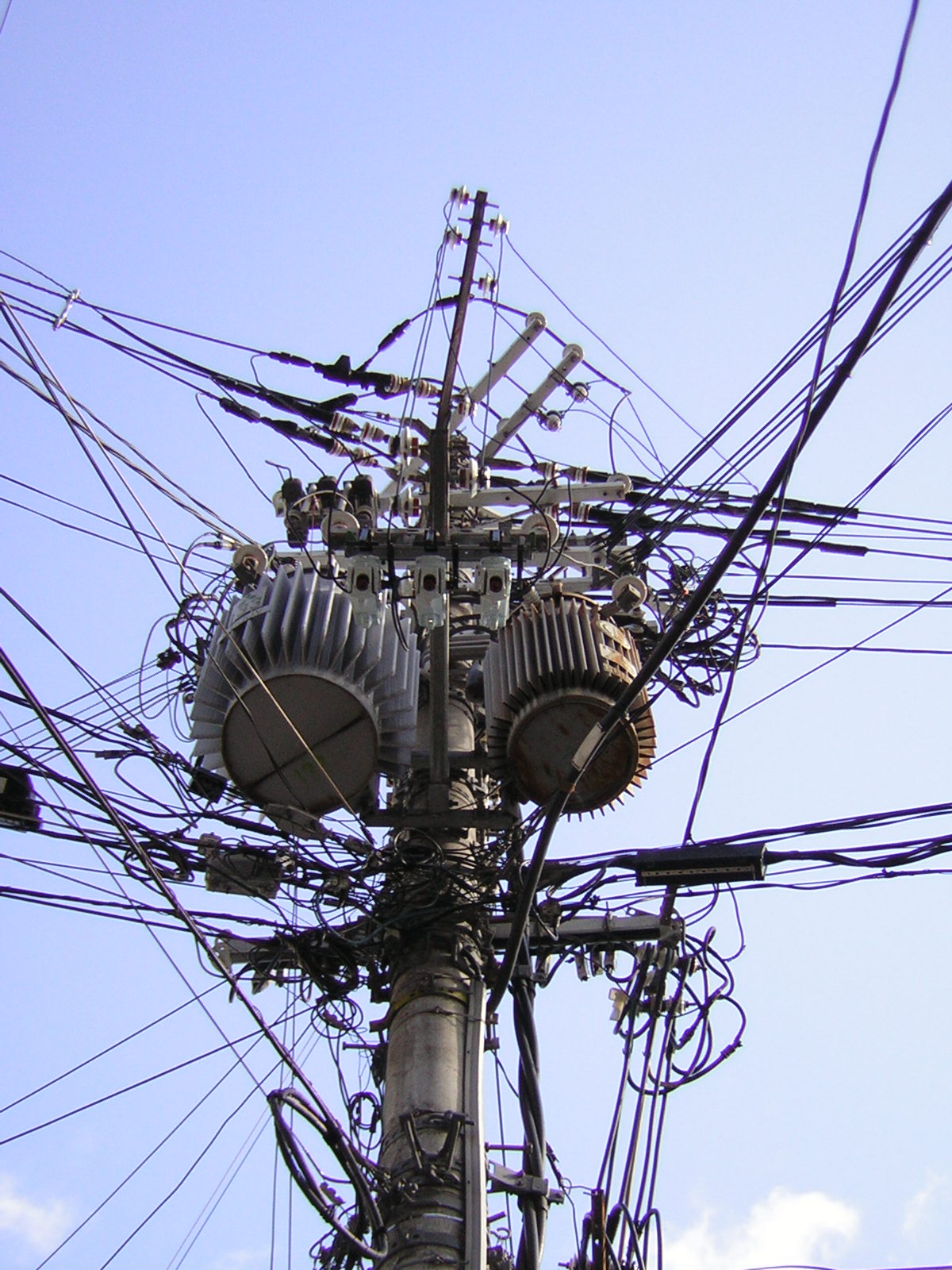
I recently visited Volunteer Park in Seattle and was reminded of a time when infrastructure projects were seen as an opportunity to make our cities more beautiful and livable. This park sits within the historic Capitol Hill neighborhood and was designed by the Olmstead Brothers over an eight-year period that began in 1904. These are the same landscape architects/planners that laid out New York City’s Central Park.
The design of Volunteer Park blends a picturesque landscape with several walkways, children’s play areas, a museum, and a botanical conservancy, as well as needed potable water infrastructure.
The park currently boasts more than 170 varieties of plants, and the conservancy has collected more than 600 different types of orchids. The park incorporates a beautiful brick-clad water tower that allows visitors to ascend to a grand look out that captures magnificent views of the city and Puget Sound. Now surrounded by a six-foot chain link fence, the oval water reservoir was designed as the centerpiece of the park and is surrounded by benches and a broad sidewalk.
The spaces that we occupy and that significantly impact our quality of life cannot be separated from the infrastructure that allows these spaces to function. When we reduce infrastructure projects to cost-based “problem solving” we miss the opportunity to benefit from these massive investments in extraordinary ways.
The answer is not to bring creative folks in after all the big decisions have been made to beautify or decorate the mess. These opportunities need to be considered from the beginning and throughout the process in a holistically integrated effort. This approach takes time.
How do we find ourselves in situations like the one captured in the photo above? By ignoring the importance of infrastructure, and unleashing teams of “problem solvers” whose primary task is to get-r-dun, we miss the opportunity for these investments to improve our environments. Similar to Volunteer Park any additional costs will be dwarfed by the benefit it brings to our lives as well as the lives of future generations. I hope we can return to a more sensible vision of infrastructure and redouble our efforts to search for opportunities to enrich our lives.
